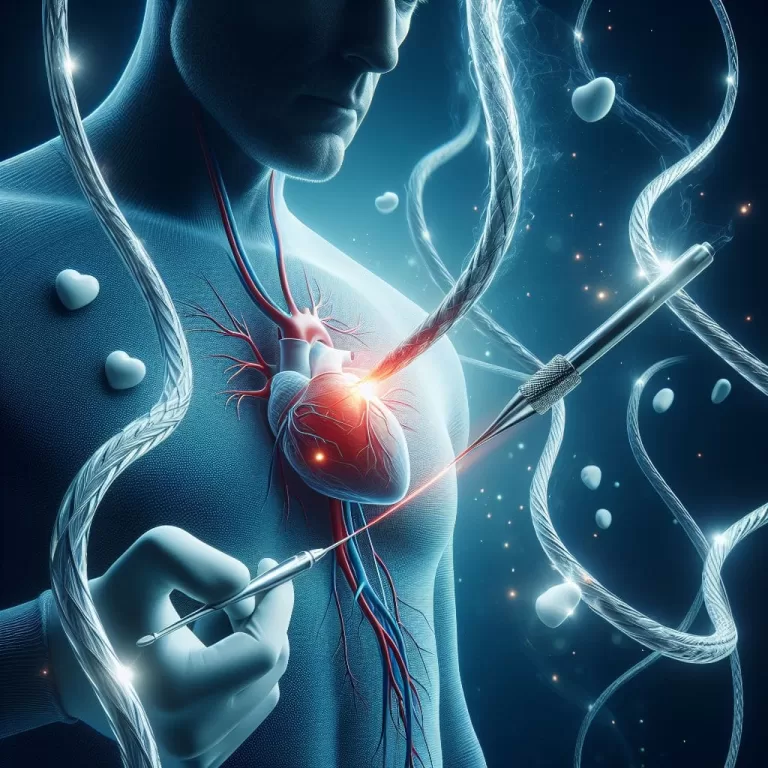Stent types
**Stent Types**
Stents are medical devices implanted into blood vessels to maintain or improve blood flow. They come in various types, each designed for specific clinical applications. This post_tag provides a comprehensive guide to different stent types, their indications, advantages, and disadvantages.
**Key Types of Stents:**
* **Bare-Metal Stents:** Made of stainless steel or cobalt-chromium alloy, these stents provide immediate vessel support but may carry a higher risk of restenosis.
* **Drug-Eluting Stents:** Coated with antiproliferative drugs to reduce cell growth and prevent restenosis, these stents are used in patients at high risk of restenosis.
* **Bioresorbable Stents:** Made from materials that gradually dissolve over time, these stents provide temporary support and facilitate blood flow restoration while reducing the risk of long-term complications.
* **Bioengineered Stents:** Designed with biocompatible materials that promote tissue regeneration, these stents aim to improve long-term vessel function by facilitating endothelialization and reducing the risk of thrombosis.
**Selection of Stent Type:**
The choice of stent type depends on factors such as vessel anatomy, lesion characteristics, and patient risk profile. Bare-metal stents are often used in non-critical situations, while drug-eluting stents are preferred for patients at high risk of restenosis. Bioresorbable and bioengineered stents offer potential advantages for long-term vessel health and are still under evaluation.
Stents: A Comprehensive Guide to their Applications in Medical Procedures

What is a stent? A stent is a tiny tube that your doctor can insert into a blocked passageway to keep it open. The stent restores the flow of blood or other fluids, depending on where it’s placed. Stents are…
